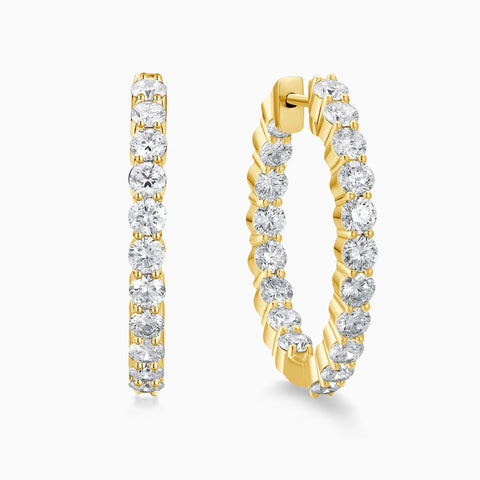The Mohs hardness scale is an essential tool in the field of mineralogy, providing a simple yet effective way to assess the hardness of various minerals. Developed by Friedrich Mohs in 1812, this scale ranks minerals based on their ability to scratch one another. Understanding this scale is crucial for anyone interested in gemstones, jewelry, or geology.

The Basics of the Mohs Hardness Scale
The Mohs hardness scale consists of ten minerals, each assigned a specific hardness value ranging from 1 (talc) to 10 (diamond). Here’s a quick overview:
- Talc (1)
- Gypsum (2)
- Calcite (3)
- Fluorite (4)
- Apatite (5)
- Orthoclase Feldspar (6)
- Quartz (7)
- Topaz (8)
- Corundum (9)
- Diamond (10)
Each mineral can scratch those below it on the scale and can be scratched by those above it. This ranking system allows gemologists and jewelers to identify and evaluate the durability of gemstones effectively.
Why is the Mohs Hardness Scale Important in Jewelry?
When selecting gemstones for jewelry, understanding the Mohs hardness scale is vital. Harder stones, such as diamonds and sapphires, are more resistant to scratches and wear, making them ideal for everyday wear. Conversely, softer stones like opals and pearls may require more careful handling to prevent damage.
For instance, if you own a pair of diamond earrings, you might wonder how to care for them properly. For detailed guidance, check out this care guide that provides insights into maintaining your jewelry's brilliance.
How to Use the Mohs Hardness Scale for Mineral Identification
Identifying minerals using the Mohs hardness scale can be straightforward. Here are some steps to follow:
- Start with a known mineral and determine its hardness.
- Use a scratch test: Attempt to scratch the mineral with a reference mineral from the scale.
- Compare the results to identify the hardness level.
By following these steps, you can gain a better understanding of the mineral's properties and its potential applications in jewelry.
Conclusion: The Relevance of the Mohs Hardness Scale
In conclusion, the Mohs hardness scale is not just a scientific tool; it is a practical guide for anyone involved in the world of gemstones and jewelry. Whether you are a collector, a jeweler, or simply a jewelry enthusiast, understanding this scale can enhance your appreciation of the materials you work with. By recognizing the hardness of different minerals, you can make informed decisions about the durability and care of your jewelry pieces.








